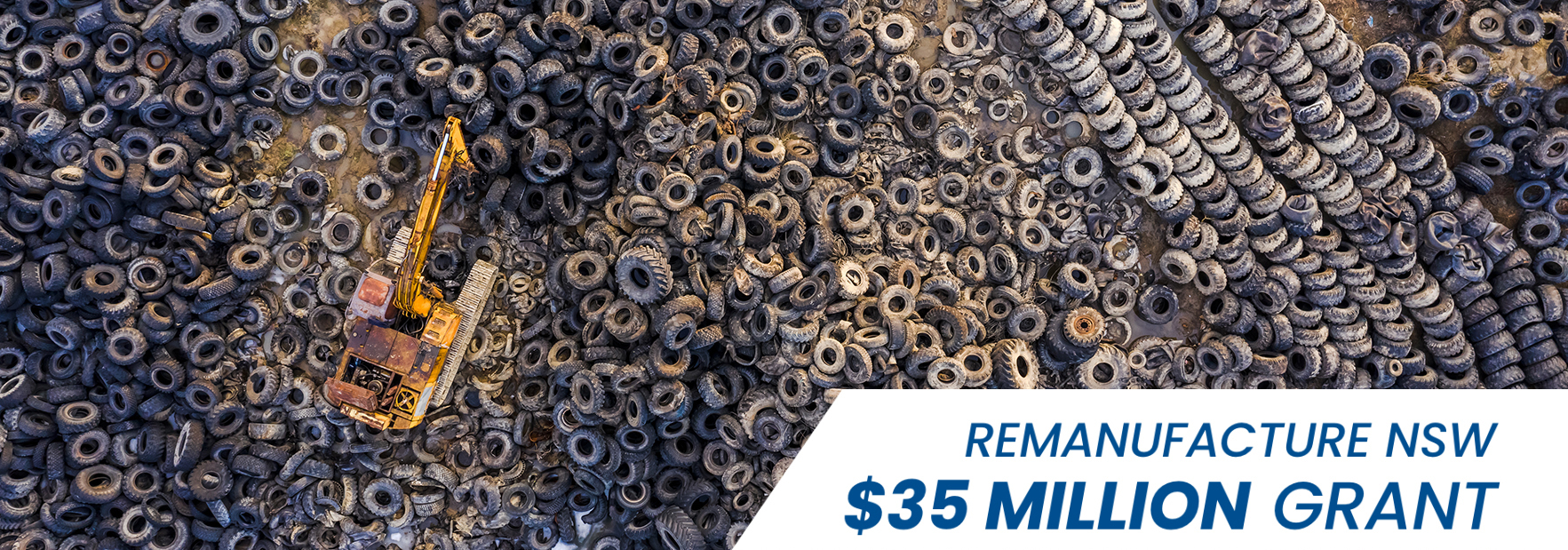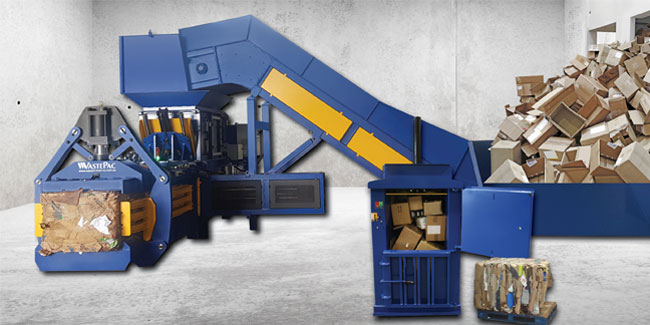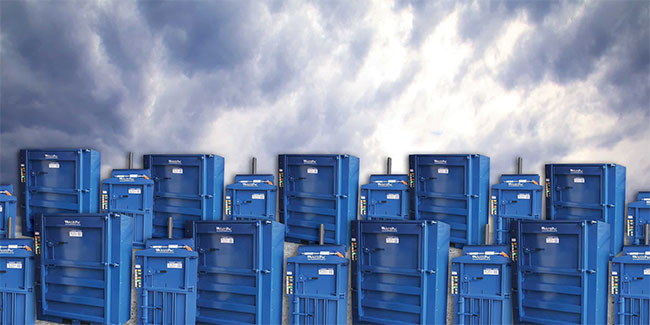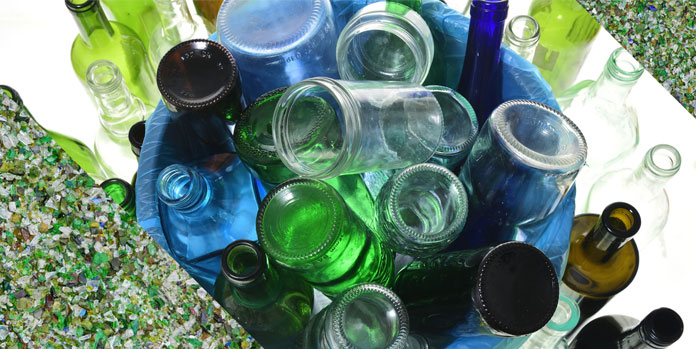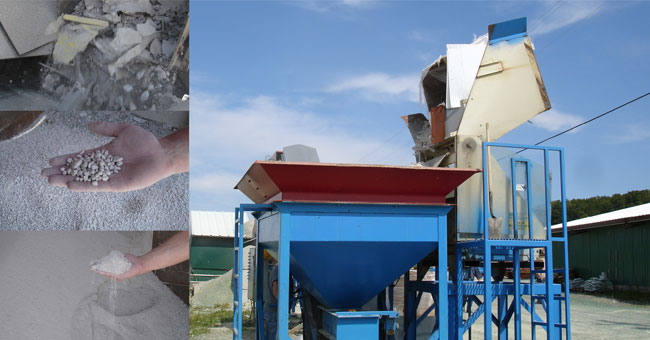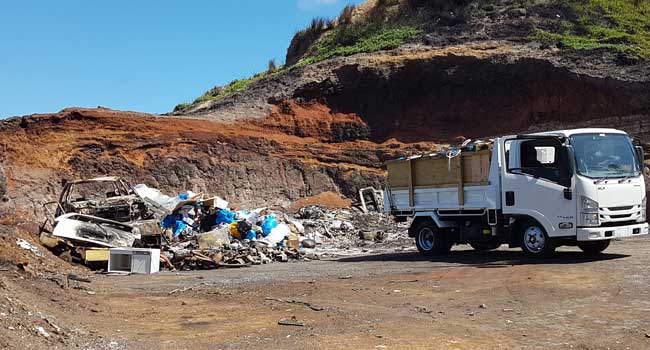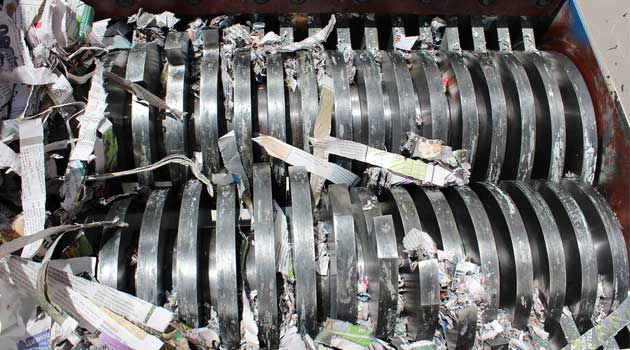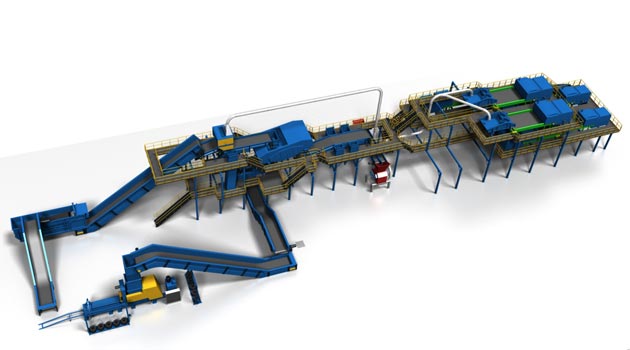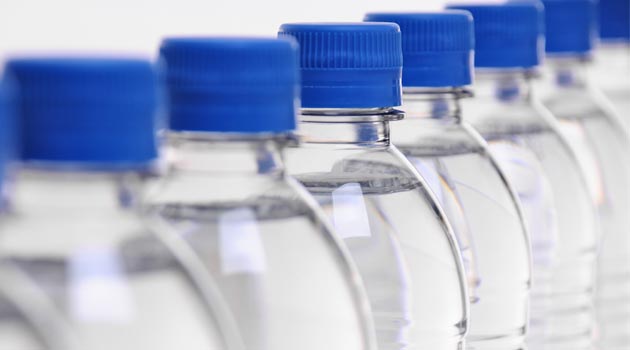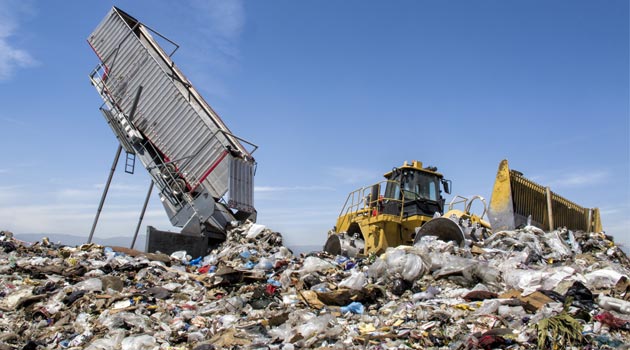02nd Feb, 2021
A multi-million-dollar funding announcement was made last month by Remanufacture NSW for our essential waste and resource recovery (WARR) industry, revealing a new $35 million grant round as part of the federal government’s Recycling Modernisation Fund.
The federal and state government co-invested funding injection, which will be offered through the newly created Remanufacture NSW, will be allocated through two streams – infrastructure and trials.
The program targets the waste materials subject to the export ban: plastic, paper, glass and tyres.
Purpose
Under Stream 1 the establishment of new recycling infrastructure and equipment will be co-funded, and includes, but is not limited to:
- Improving sorting technology and/or increased capacity for glass, plastic and paper products at materials recovery facilities (MRFs).
- Improving cleaning technology for glass and plastic products at waste facilities.
- Increasing mixed plastics processing capacity.
- Building capacity to process higher value single stream plastics such as PET (polyethylene terephthalate) and HDPE (high density polyethylene).
- Building capacity to process single stream plastics other than PET and HDPE and compound materials.
- Tyre recycling and reuse technology and infrastructure.
- Increasing the use of recyclable and recycled materials in manufacturing and civil construction.
- Mobile and stationary processing equipment.
Under Stream 2 innovative trials to address waste export ban materials will be co-funded, and include, but are not limited to:
- Trials that support the reuse of waste export ban materials.
- Trials that aim to increase the capacity of manufacturers to use recycled material in their products and to provide secure markets for these recycled materials. Examples include new/modified equipment to increase the use of recycled materials, such as post-consumer plastic, in the manufacture of goods or products.
- Trials that test new infrastructure/equipment to sort, wash, dry, shred, flake, granulate or pelletise materials.
- Trials that test equipment upgrades or process improvements to existing MRFs to increase the quality of output materials, reduce contamination and/or increase capacity.
- Trials that test upgrading plastic sorting, processing and manufacture technology to produce cleaner streams of plastic and have the potential to use larger amounts of recycled plastics.
- Trials that test new methods of paper beneficiation so that local paper mills can accept higher volumes of paper and cardboard.
- Trials that test new methodologies or technologies to process Liquid Paper Board.
- Trials that test glass processing, remanufacturing and new applications for recycled glass.
- Trials that test plastic processing, remanufacturing and new applications for recycled plastics.
- Trials that test mobile processing equipment.
- Trials that use new technologies or methods to reuse or recycle end-of-life tyres.
Funding available
- Grants of between $100,000 and $5 million are available to fund eligible Remanufacture NSW Stream 1 – Infrastructure projects.
- Grants of between $50,000 and $1 million are available to fund eligible Remanufacture NSW Stream 2 – Trials projects.
Who can apply?
The following organisations are eligible to apply:
- An Australian entity or partnership incorporated under the Corporations Act 2001(Cth).
- A council (as defined in the NSW Local Government Act 1993), regional organisation of councils or other, local government-controlled organisation.
- A state government entity.
- An Australian research institution can be a tertiary education institution, a government agency established for research, a cooperative research centre, an institute or centre of research or a privately owned and accredited research facility. Consultancies are not considered to be research institutes for this grant program. Note that privately owned research facilities must provide evidence of accreditation (e.g. National Association of Testing Authorities, Australia, or similar).
- A non-government/not-for-profit organisation (must comply with the ATO’s definition) with an established legal status, or those without legal status that can have grant funds administered by another organisation with legal status.
If you want to learn more about this grant, Contact us now on 1800 441 100

